In our post-pandemic world, many nonprofit leaders are exploring leadership paths that offer more professional support and work/life balance. This is certainly the case for several of the leaders who took part in the Bridgespan Co-Leadership Learning Circle. Their origin stories—describing how and why their nonprofits chose co-leadership—show that despite their organizational differences, thoughtfully moving to a new, shared form of leadership can help create a sustainable role for both leaders, decrease feelings of isolation, and even make the work more enjoyable.
In this second part of our series on what drives co-leadership, leaders of some of the participating organizations share how their desires to find a more humane form of leadership led them to adopt a different leadership structure. We hope their stories inspire others curious about co-leadership.
CoGenerate
Organization: CoGenerate’s mission is to bring older and younger people together to solve problems and co-create the future. It invests in social innovators, supports narrative change work, and connects people to each other and opportunities.
Co-Leaders: Marc Freedman, Founder and Co-CEO | Eunice Lin Nichols, Co-CEO
For more on their path to co-leadership, see the first part in this series >>
Easing the Burden and Creating Balance
Although there was little question in Freedman’s mind about who should become his successor, Nichols was hesitant about assuming the CEO role as it existed at the time. While she was all-in on the organization’s mission and had deep admiration for CoGenerate’s leaders, the intensely demanding nature of the job gave pause to the mother of two.
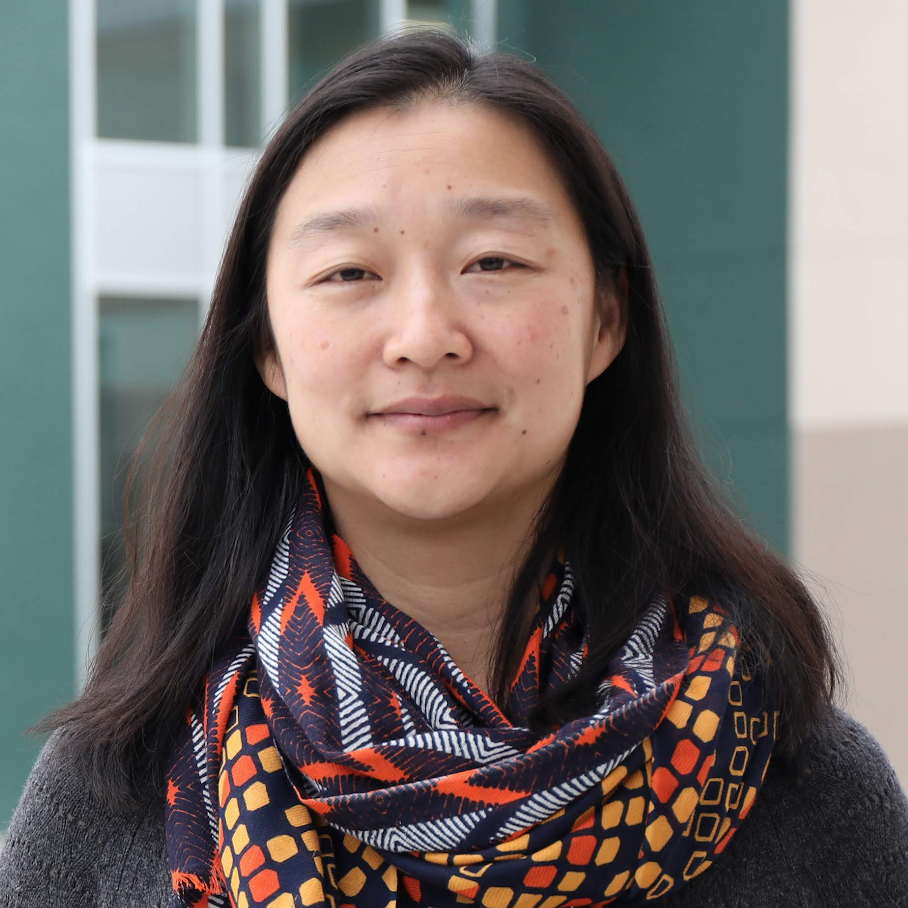 Eunice Lin Nichols
Eunice Lin Nichols
Co-CEO, CoGenerate
“It did have something to do with the life that I saw [Marc] living,” Nichols says. “It was so antithetical to what I wanted for myself.”
Discussions about a leadership transition took place among Nichols, Freedman, and the organization’s board over several years. When the idea of sharing the CEO role became a real option, Nichols recalled that both she and Freedman visibly relaxed. They had landed on a solution that allowed each of them to show up as their full selves, advance CoGenerate’s mission, and grow together.
“For me, showing up as my full self means leading authentically, anchored in the strength of my core values around community and my strength as an integrator of ideas, people, and systems. But for most of my career, everywhere I looked, the path to leadership culminated in a solitary, charismatic, all-powerful leader at the top,” Nichols says. “I began to believe that my lack of interest in that path meant I wasn't leadership material, when in fact there simply weren't enough creative models to allow me to see how I could lead from my strengths.”
As a result, co-leadership isn’t an onramp to Nichols eventually becoming CoGenerate’s sole CEO. Instead, it signifies the organization’s commitment to continuing a long-time partnership, enhancing productivity, and allowing more work/life balance.
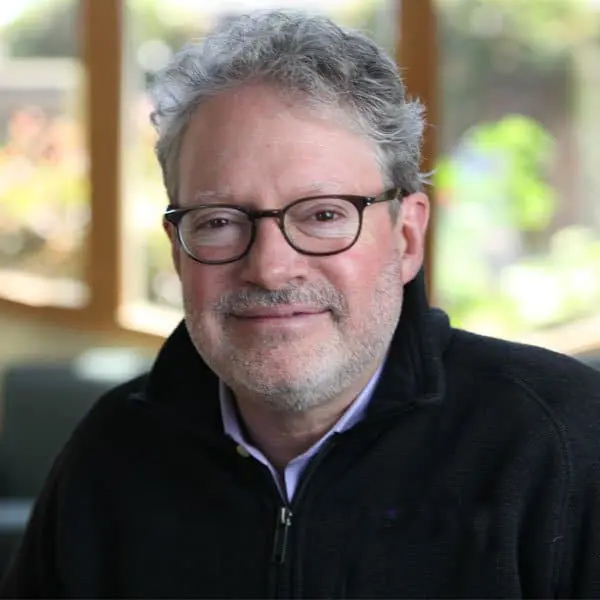 Marc Freedman
Marc Freedman
Co-CEO, CoGenerate
“For very different reasons, we both need a life that can hold work, and the other things that give us joy in life,” Nichols says. “This seems like the perfect path.” Freedman agrees, noting that approaching his role in a collaborative way is “more fun, and less solitary.” He adds that "For me, [being able to show up as my full self] means showing up as a person and not a role. I didn’t set out to be a social entrepreneur. I didn’t aspire to start an organization. I never coveted the “top job.” Those roles only happened as a result of pursuing the core idea that led to the organization. Working with Eunice, I feel like I can put aside the trappings of those roles, roll up my sleeves, and attempt to accomplish the work."
The personal benefits of their co-leadership will extend to the rest of the organization as well. As Nichols and Freedman consider CoGenerate’s five-year strategy and other plans, they are examining places inside the organization where a more humane way of leading and working can benefit all members of the staff.
And those benefits of co-leadership will echo beyond the organization, they believe. “Leading in partnership, instead of isolation, has generated more capacity for me in all areas of my life, including with my family and community,” Nichols says. “Every day that I lead with others is a day that I show up as my full self, ready to contribute the best of what I have, not just to my work, but to the world.”
if, a Foundation for Radical Possibility
Organization: if, a Foundation for Radical Possibility centers the leadership and expertise of Black people and other people of the global majority in the Washington, DC, area. The organization is specifically focused on those who live at the intersections of systems of oppression across race, class, and gender identities.
Co-Leaders: Temi F. Bennett, Co-CEO | Hanh Le, Co-CEO
For more on their path to co-leadership, see the first part in this series >>
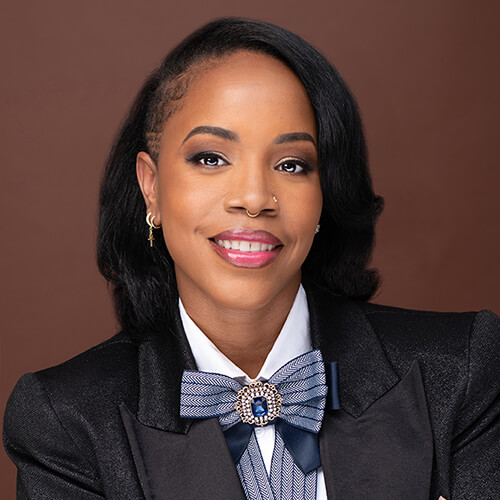 Temi F. Bennett, Co-CEO
Temi F. Bennett, Co-CEO
if, a Foundation for Radical Possibility
A Whole New Way to Lead: No Longer Alone
Neither Bennett nor Le had co-led an organization before, but Le previously served as the sole executive director at a foundation—and didn’t always find it a collaborative experience. “I describe it as being surrounded by people, but totally alone,” says Le, who added that co-leadership has been a “gift” and a “revelation” for her. “We're trying to do really big things. And to put all of that pressure on any one person to lead just is not humane, and it's not necessary.”
Bennett, too, was looking to avoid a leadership role that would feel isolating. A co-leadership approach offered an alternative: a complementary partnership where two leaders could support each other while also keeping each other accountable for organizational priorities. Bennett approached the opportunity with the mindset that co-leadership gave the nonprofit a unique edge to make the most impact.
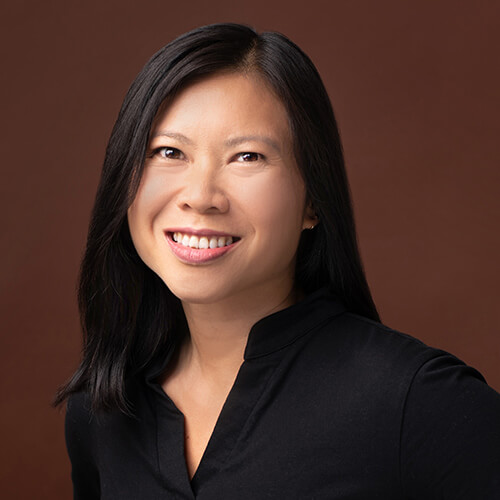 Hanh Le, Co-CEO
Hanh Le, Co-CEO
if, a Foundation for Radical Possibility
“It’s not less work,” Bennett says. “You just get way better at decision making and being in strategic alignment with your organization.”
This new form of leadership also has allowed the two women (and the organization as a whole) to examine the white dominant culture that exists in philanthropy and the ways it affects people in an organization, Bennett says. Shifting power imbalances and transforming the hierarchies within a nonprofit and across the sector is difficult work, but Bennett and Le agree that the emotional support they can provide each other as co-leaders is critical to success and their wellbeing.
“We are committed to creating spaces and practices that prioritize rest, rejuvenation, resilience, and healing from the system, and the spectrum of systemic and interpersonal harms of race and racism,” Le says.
CADRE
Organization: CADRE places Black and Brown parents at the center of efforts to affect systemic change in public education in South Los Angeles. The organization’s vision includes schools that facilitate solidarity and agency among families and center the most marginalized parents as solution drivers and changemakers.
Co-Leaders: Carlos R. Valle, Co-Executive Director of Operations and Sustainability | Élice Hennessee, Co-Executive Director of Strategy and Sustainability
The Path to Co-Leadership
As CADRE’s founding executive director transitioned out of the role more than a year ago, the organization’s team and board members knew they had to carefully navigate what would come next for the nonprofit. This led them to examine the organization’s role in both the nonprofit sector and the South LA community.
CADRE’s board felt it was important to have a co-leader who could move CADRE’s values and principles forward. They identified Valle, an educator in LA during the peak of school reform and ten-year veteran of the organization, as the right fit. But the team also knew that an external leader might inject a fresh perspective that could be powerful. Hennessee, a native of LA who had worked in the education sector for 15 years, was tapped as the second co-executive director.
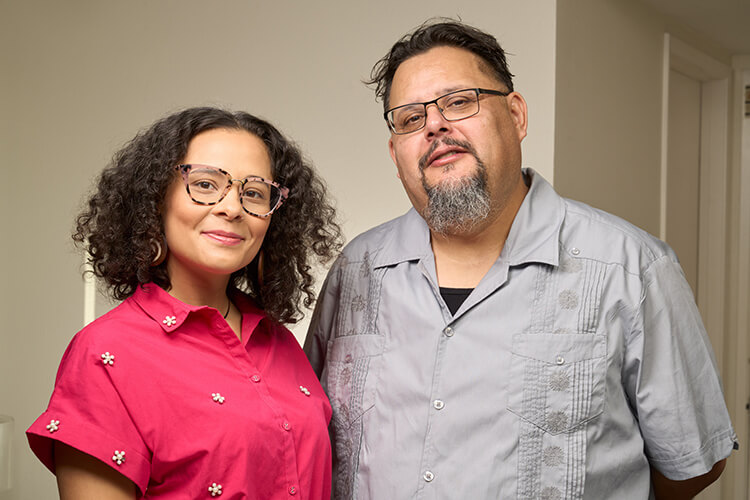 CADRE Co-Executive Directors Élice Hennessee and Carlos R. Valle
CADRE Co-Executive Directors Élice Hennessee and Carlos R. Valle
Taking a Human-Centered Approach from Leadership to Staff
Eleven years ago—after taking two years off to care for his nephew—Valle struggled with explaining his absence from the workforce to potential employers. Would it hurt his chances at landing a job? Would people understand? When he arrived at CADRE, he witnessed an organization that focused on people’s humanity to help achieve its goals, which would be a sign of things to come.
“When I joined CADRE, the compassion, humanity, and collaboration demonstrated to me by [CADRE Co-Founder and Executive Director Emeritus] Maisie Chin and the ecosystem that is CADRE was invaluable,” Valle says. “Not feeling that I was being judged and not having to navigate some dehumanizing operational process was beautiful.”
When it came time for board members to find new leadership a decade later, Valle says they considered Chin’s experience as founding executive director and the unique challenges and responsibilities that a sole executive director must juggle.
“They recognized that to sustain this work, it’d be valuable for us to have a co-executive director model so that two individuals could sustain the responsibility of shepherding this important work,” Valle says.
Hennessee observed that the entire CADRE community was behind the co-leadership model, which signaled that the organization truly wanted to see its leaders thrive.
“We did have that support from the top and all the way through the organization, from our parent members, our staff, even through to the board,” Hennessee says. “That support organization-wide is integral and vital to the success of a co-leadership model.”
Further, it was CADRE’s intentional focus on solidarity with Black and Brown communities that demonstrated the organization’s commitment to a human-centered approach from the leadership level to the people working on the ground in South LA.
“It’s really about disrupting traditional notions, ideas, and structures of power and positionality and really recognizing that the power is with the people,” Hennessee says. “Power is with our base, and empowering them to lead—and trusting them to follow their lead—is our approach.”
Essential Access Health
Organization: Essential Access Health champions and promotes quality sexual and reproductive health care for all through a wide range of programs and services, including clinic support initiatives, provider trainings, advanced clinical research, advocacy, and consumer awareness.
Co-leaders: Nomsa Khalfani, PhD, Co-CEO | Amy Moy, Co-CEO
For more on their path to co-leadership, see the first part in this series >>
Reimagining Leadership Models in Turbulent Times
The “traditional” leadership model across the nonprofit sector has often looked the same: one CEO or executive director flanked by a leadership team that helps with decision making. But even with a high-functioning team, certain power dynamics persist. A single CEO carries the weight and responsibility of all decisions and obstacles—a situation that can lead to loneliness and burnout.
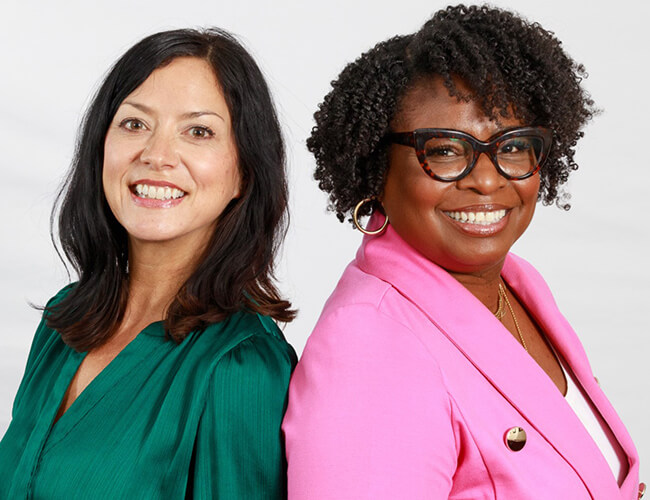 Co-CEO's Amy Moy and Nomsa Khalfani
Co-CEO's Amy Moy and Nomsa Khalfani
Essential Access Health
As co-CEOs, Khalfani and Moy perform typical duties, such as generating revenue for the organization, but they’re doing this work in the aftermath of Roe v. Wade being overturned in 2022. Even before that landmark decision, of course, reproductive health work faced fierce opposition. Moving to a co-leadership model created a safe space for the two leaders to tackle difficult challenges together.
“I don't feel like I'm alone in this process,” Khalfani says. “When you think about the burnout at this level, the loneliness at this level, it’s comforting to have a true partner.”
This more humane form of leadership also drives results for the organization.
“[Co-leadership] is more effective and efficient because we can … show up as our full self and our best self, because we are able to really lean into areas where we have the expertise and can drive the work forward,” Moy says. “Then, we check in with each other and make sure that we're sharing the vision and driving the work forward and in a way that we have agreed upon and developed with our staff and board.”
Each co-leadership journey and framework is different across organizations, but Khalfani and Moy agree that this model is a response to the new way of working and the future of the nonprofit sector. By breaking down traditional leadership power dynamics, there are opportunities to open the doors for people with incredible visions who might not otherwise have a seat at the table.

